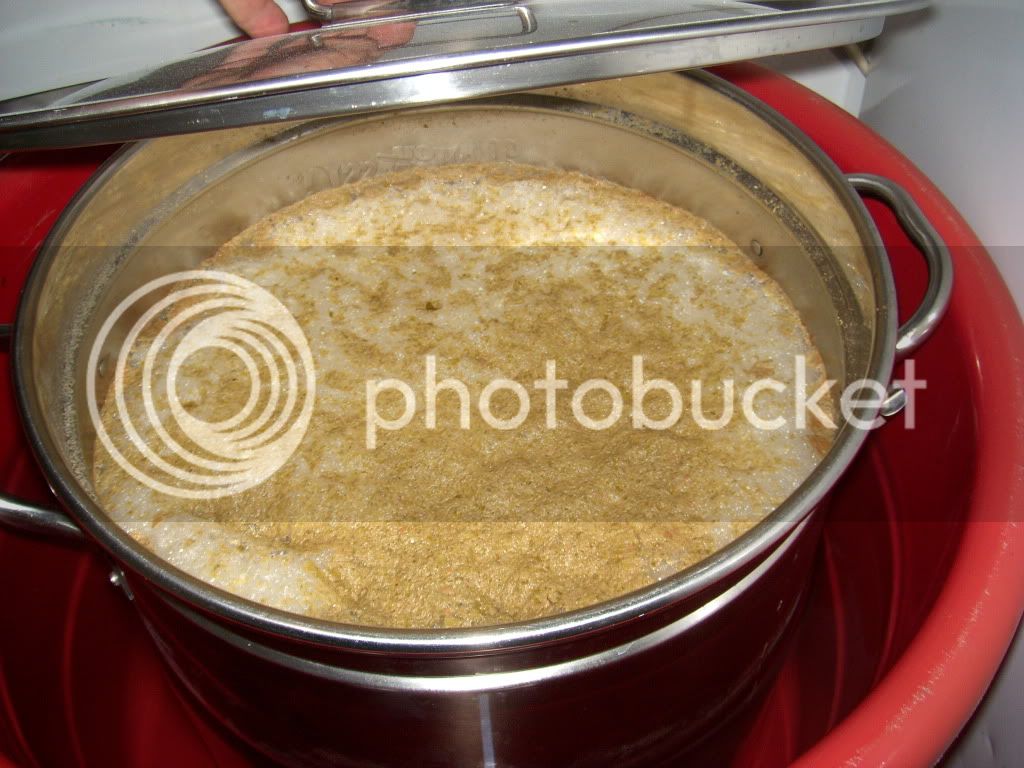carrotmalt said:
As far as having to lift it, I've only done a handful of 5 gallon batches thus far (in my turkey fryer), so I didn't think about that as an issue. I suppose with a full size keggle, I'd have the option of brewing 10+ gallon batches, and you're probably right.
5 gallons should be no concern, but I can promise that doubling that is a bastard to handle moving around.
As far as the expense of the pressure acceptable fittings, I figured they'd be the same as if I used the keg strictly for a pressure fermenter since I would still use the same lid that I cut out... or are you talking about fittings to reconnect the lid to the keg (which is the magic piece I still haven't figured out)?
I am talking about where you cut the keg and plan to reattach and "seal" it to accomplish pressure fermentation.
Also, I thought to get the benefits of fermenting under pressure, it only had to be a few psi. I've seen where you've mentioned upping that to get it to serving carbonization, but I figured I could force carb at that point in a corny. Am I off base here?
You are right, 5-10 psi is all that is needed to accomplish pressurized fermentation. That is still a lot of pressure for a "seal you are making" to hold safely. Also, if you are doing pressurized fermentation why not carbonate? Conditioning after carbonating takes time that can be minimized by doing it while you are maturing in a "secondary phase" within the primary vessel.
This is the only advantage I look for in my technique and do not even consider lower ester production, higher diacetyl production (then lowering), or the ability to have a higher temperature fermentation with no side effects. I don't do it for the benefits described from all the research, and ferment as I normally would only in a closed and pressurized keg (ex. no higher temperatures, etc). I do it so I can have an easy system that remains closed until it hits your glass. If you're force carbonating, why not do as Lil' Sparky pointed out and then save the money on equipment.
Boiling in an unmodified Sanke would be a bad Idea in my mind. The hole is too small and it would be difficult to not have a geyser of hot wort shooting up and out of the hole. Not to mention SMS and then DMS removal, see boiling with the lid on. Trub removal is a good concern as well.
As for the machined piece sold by Brewer's Hardware (good piece of equipment) for $79, it is not needed. That's almost two Sanke tap connections you could buy that do the exact same thing. Sure it is easier than removing a snap ring and opening a keg, but that isn't hard to do??? Seems to be more equipment that isn't necessary, only extra in my brew house. Just my $.02.












![Craft A Brew - Safale BE-256 Yeast - Fermentis - Belgian Ale Dry Yeast - For Belgian & Strong Ales - Ingredients for Home Brewing - Beer Making Supplies - [3 Pack]](https://m.media-amazon.com/images/I/51bcKEwQmWL._SL500_.jpg)














































